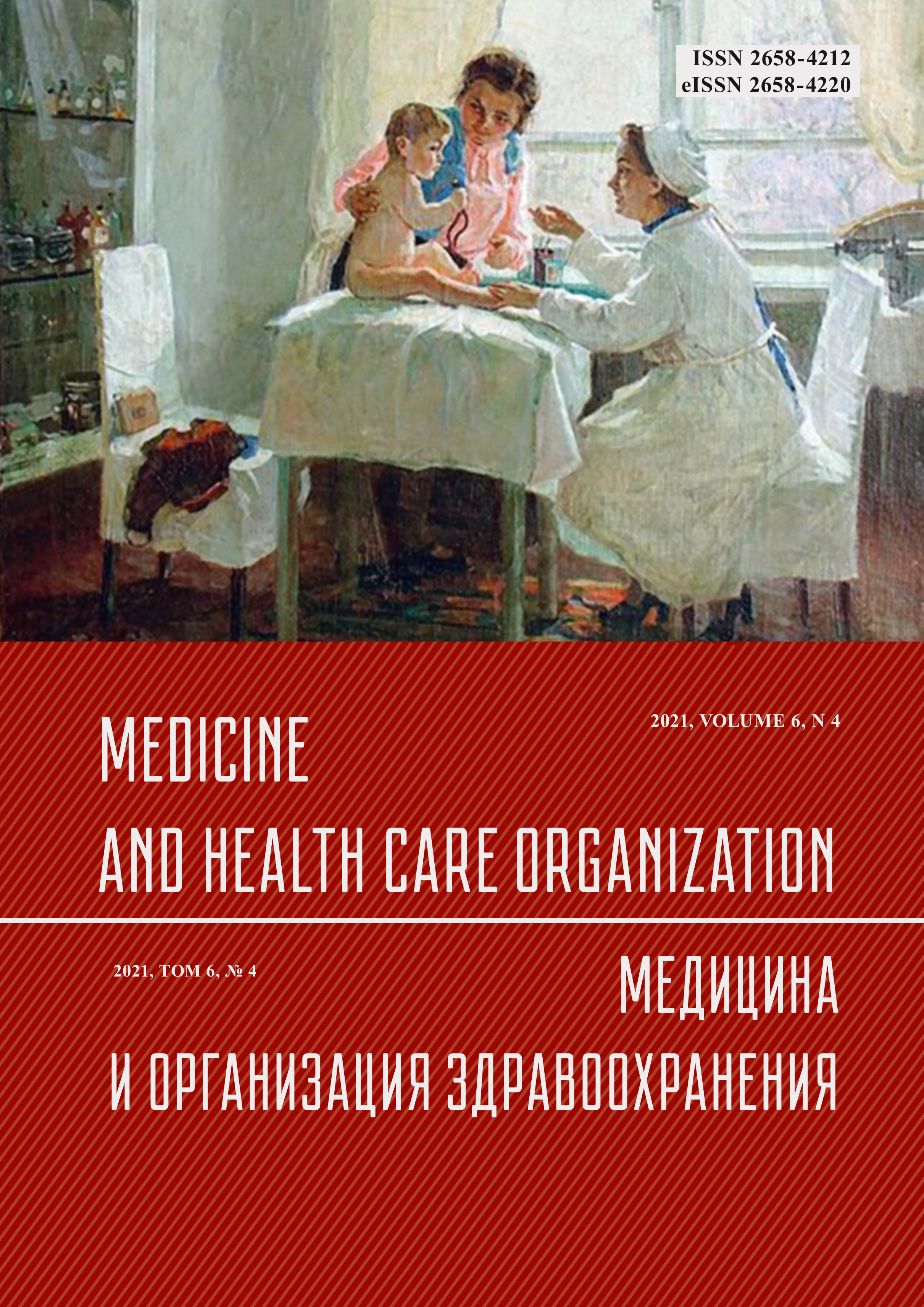Особенности состояния здоровья новорожденных от женщин с компенсированным гестационным сахарным диабетом
Аннотация
Гестационный сахарный диабет (ГСД) - широко распространенная проблема современного общества во всем мире. Давно известно, что нормальный уровень гликемии во время беременности необходим для адекватного внутриутробного формирования и развития ребенка. В связи с введением в работу клинических рекомендаций по алгоритму обследования (скрининг) и лечению пациенток с ГСД, усилилось внимание к данному заболеванию в нашей стране. Однако в литературе практически не встречаются исследования общего состояния здоровья новорожденных от матерей с компенсированным инсулиннезависимым ГСД. В статье представлены результаты анализа анамнеза и обследований 99 пар мать -ребенок, разделенных на две группы в зависимости от гликемического статуса женщин. Основное количество женщин из группы ГСД оказались старше 30 лет (81,3%), нередко с избыточной массой тела или ожирением (в 50%), отягощенным соматическим и акушерско -гинекологическим анамнезом, повторнородящие (62,5%). Течение настоящей беременности у них чаще осложнялось угрозой прерывания и преждевременных родов во II и в III триместрах беременности (р<0,05), многоводием (р<0,05) и хронической гипоксией плода в 12,5% случаев. Массо -ростовые показатели детей от женщин с ГСД оказались выше, и только в этой группе были дети с весом более 4500 г. У детей исследуемой группы чаще выявлялись признаки морфофункциональной незрелости (р<0,05) и нарушения течения процесса ранней неонатальной адаптации в виде гипогликемии и конъюгационной гипербилирубинемии. В этой группе детей чаще наблюдался кожный геморрагический синдром, а также были два случая перелома ключицы. Таким образом, несмотря на, казалось бы, удовлетворительную компенсацию гликемии у матери в соответствии с современными рекомендациями, остается риск рождения ребенка с макросомией, признаками морфофункциональной незрелости. У таких детей имеется высокий риск родового травматизма, а также нарушений процесса постнатальной адаптации.



